Subaru has a history of building smaller four-cylinder turbocharged engines that offer power and fuel-efficiency, so why don’t they offer more of them in their all-wheel-drive vehicles? Subaru made a good move and brought back the turbocharged engine in the newly-redesigned 2020 Outback wagon after an 11-year hiatus. The last Outback to have a turbocharged powerplant was the 2009 Outback 2.5XT model.
More Subaru models come with naturally aspirated engines than turbocharged except for the Ascent family hauler, sport-tuned WRX, performance-tuned WRX STI, and now the new 2020 Legacy sedan. Subaru even dropped the Forester 2.0XT turbocharged model when it received its remodel in 2019.

2020 Subaru Forester doesn’t have a turbo engine option
Why doesn’t Subaru offer more turbocharged engine options?
The 2.4-liter Outback XT even pairs well with the CVT automatic. Subaru has made a commitment to the Lineartronic Continuously Variable automatic transmission (CVT) for its fuel-saving characteristics. But the CVT does not mate with Subaru’s 2.5-liter normally aspirated engine as well as it does with the turbocharged models.
The turbocharged engine pairs better with the CVT
In our recent test drive of both the 2020 Subaru Outback with the 2.5-liter engine versus the 2.4-liter turbocharged Outback XT trim, the CVT pairs better with the 2.4-liter XT model. The turbocharged Outback XT offers more low-end torque with its 277 lb-ft. of torque achieved from 2,000 RPMs through 4,800 RPMs, vs the 2.5-liter boxer engine that doesn't reach its peak torque of 176 lb-ft until 4,400 RPMs.

2020 Subaru Outback XT
The Outback CVT is programmed with eight virtual gears that don't come into play until you're already well underway in the 2.5-liter base engine. Because it takes so long for the engine to reach its torque peak, the CVT doesn’t shift from its first gear allowing the revs to drop until you're past 50 mph. The 2.4-liter turbocharged engine shifts much sooner and makes the best use of the CVT’s eight gears.
How fuel-efficient is the 2.4-liter vs the 2.5-liter engine?
Customers won't lose much fuel efficiency by opting for the new 2.4-liter turbo over the 2.5i non-turbo engine. The new 2020 Outback FA24 2.4-liter turbo engine EPA’s estimated fuel economy is 23/30 mpg city/highway. The EPA estimated fuel economy is 26/33 mpg city/highway for the 2.5-liter Boxer engine. Both engines take 87 octane fuel, so customers won’t need to put more expensive premium fuel in when they fill up the Outback XT.
Subaru has also recently developed a new smaller 1.8-liter turbocharged engine for the second-generation 2020 Levorg sport wagon sold in Japan, Europe, and Australia. Subaru has not released horsepower and torque specifications yet but rumors suggest the 1.8-liter engine will produce around 266 horsepower. This would be the perfect engine for the Impreza compact sedan and 5-Door hatch, Crosstrek compact SUV, and BRZ sport coupe.
Subaru Corporation spelled out in their “Prominence 2020" plan, that every Subaru boxer engine will come with the latest Direct Injection technology, and it also said customers would see smaller turbo engines developing more power and with greater fuel efficiency in the new-generation Subaru vehicles.
So far Subaru offers the newly-developed 2.4-liter turbocharged engine in the 2020 Outback wagon, 2020 Legacy sedan, and 2020 Ascent family hauler. With new turbocharged engines like the 1.8-liter Boxer being developed, will the Japanese automaker offer more turbocharged engine options in their lineup? Stay tuned.
You Might Also Like: How New Subaru 2.4L Turbo Engine Compares To Competition’s V6 Power
Denis Flierl has invested nearly 30 years in the automotive industry in a variety of roles. All of his reports are archived on our Subaru page. Follow Denis on Facebook, Twitter, Instagram, Subaru Report. Check back tomorrow for more Subaru news and updates!
Leave your comments below, share the article with friends and tweet it out to your followers!
Photo credit: Subaru USA



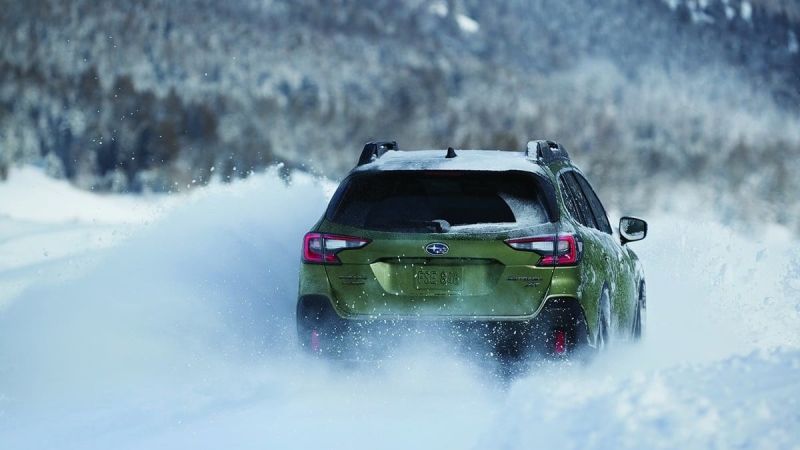




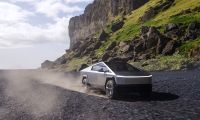
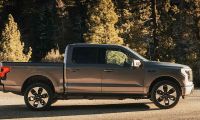
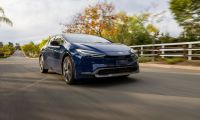
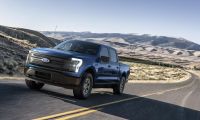

Comments
Would be cool if Subaru
Permalink
Would be cool if Subaru started to make the Forester XT, Outback XT, and Legacy GT with manual transmissions again. The CVT is just meh, it's the reason why I ended up with an '05 FXT versus a newer one.
I currently own two Outbacks,
Permalink
I currently own two Outbacks, 2012 with the 2.5 and a2018 with the 3.6. I would like to trade in my 2012 for a new Forester but only with a turbocharged engine. I need extra tow capacity for my 1700 pound trailer. I tow it now with either of my current vehicles. What are the odds that the 2021 Forester will have a turbo and higher tow rating?
They cancelled the Forrester
Permalink
They cancelled the Forrester XT because of low sales. I think something like less than 6% of Foresters sold were turbo. Can't really blame the much for that.
I have a2018 crosstrek,
Permalink
I have a2018 crosstrek, manual,orange, all things considered it is an OK car but there is nothing about the car that is good ,just ok. My most liked feature is the color. If there is any Subaru that needs a turbo it is a crosstrek,but that would just be something else to wait for a recall on. I have a 2006 Honda Element manual trans, 4x4 that is faster,drives better ,and gets just about as good mileage. Not perfect but a lot better than my Crosstrek.
I wouldn't expect Subaru to
Permalink
I wouldn't expect Subaru to expand ICE options unless the current offerings stop selling well, and there's no sign of that happening anytime soon. They need to recoup development costs for the current vehicles and most new investment is going to lean heavily toward electric vehicles.
Turbos also aren't the "magic bean" solution to everyone's quest for more powerful vehicles. I can't say I've got a ton of experience with turbocharged vehicles, but I can say the only one I've ever owned was the worst vehicle I've ever had (and I've had, driven, and built a LOT of vehicles since the 80's). Because of this, I made sure to get one of the last of the 3.6's so that I didn't have to worry about turbo-related issues like LSPI, GDI carbon deposit buildup, and the constant soot all over the back of my white vehicle (I traded in a 2017 Forester XT Touring).
Turbos can't hold a candle to the massive amount of power that can be delivered by electric vehicles. The Hyundai Kona electric rally car has 800bhp and while it is possible to get internal combustion engines to similar levels, it takes a lot of money and maintenance to live in that world -- and it won't be something you can license and drive on the street.
Subaru is generally acknowledged as a leader in rally racing (in which all manufacturers leverage turbos extensively), but in my opinion they are late to the party and way behind Hyundai at this point.
All the complaining about adding turbos to gain nominal amounts of horsepower can't hold a candle to the massive gains from moving to electric drivetrains.
2011 legacy 2.5 GT Limited,
Permalink
2011 legacy 2.5 GT Limited, and it runs really good with all seats being used or even snappier just me alone. I get 23 miles / 26 miles higway. And its hard for me to stay out of the boostin rage.
I got looking pretty deep under the hood and a keep seeing 2.5 SPEC B engraved on 2 areas of the motor and i know the year didnt make a spec b. But hey what if they did something on one and was experimenting. Maybe thats why i pull 3 car lengths on my buddies STI while were out eippin around. Does anybody know for sure or not if they ever made a 2011 legacy spec b and put it out as if it was not a spec B. ????? Let me know if anybody knows or finds out there coulda been such a thing / even if there were talks a out it or even if maybe an idea vot brought up and or sbut down. Vauze i really think this is a Spec B...
How about 2.4 non turbo (BRZ
Permalink
How about 2.4 non turbo (BRZ 2021) as base engine to replace the older 2.5
That has only 175 HP in the EU version?
That will be a perfect match not the new 1.8 Turbo IMHO